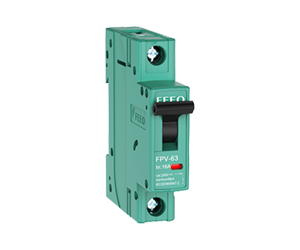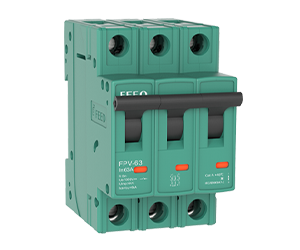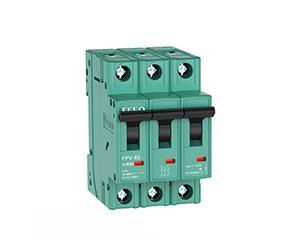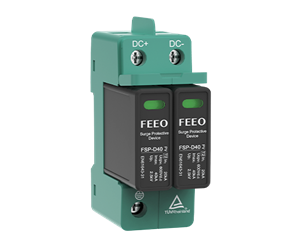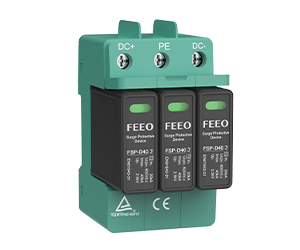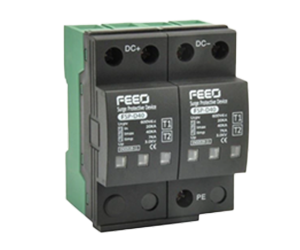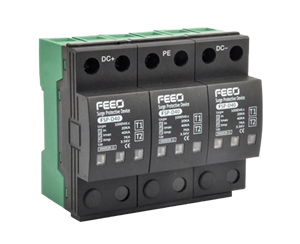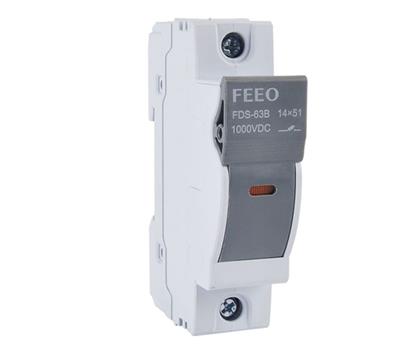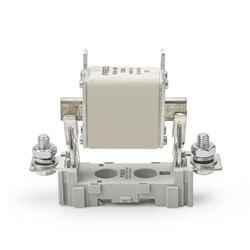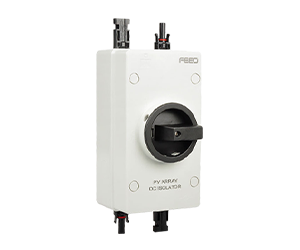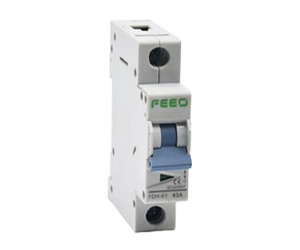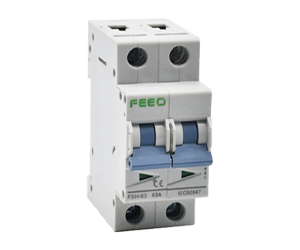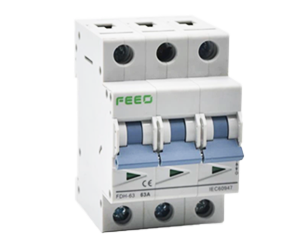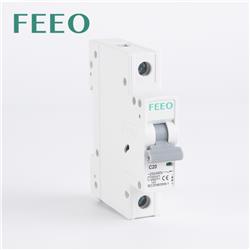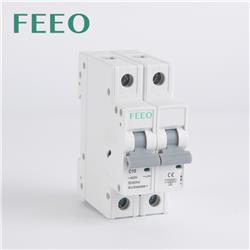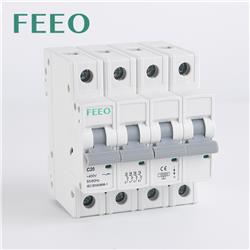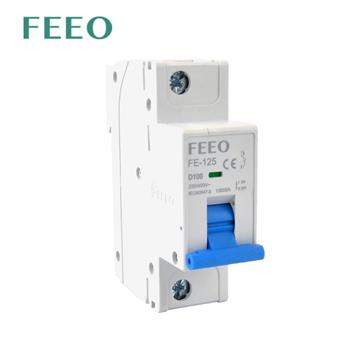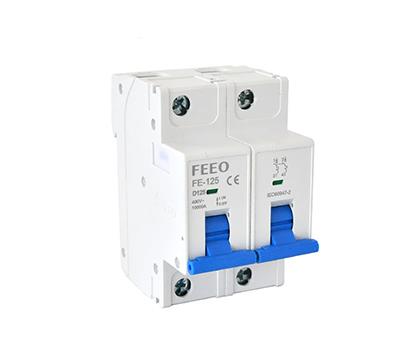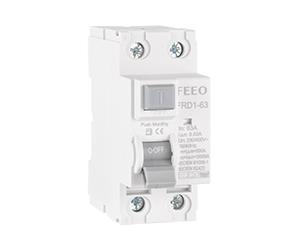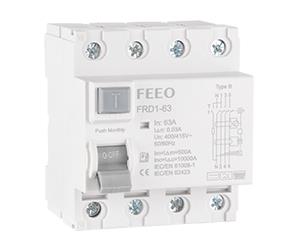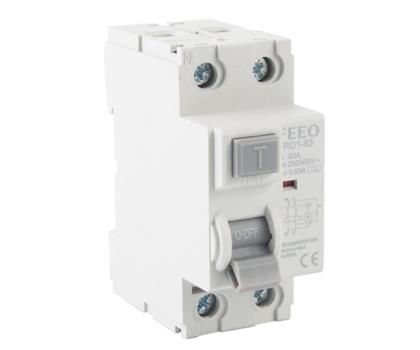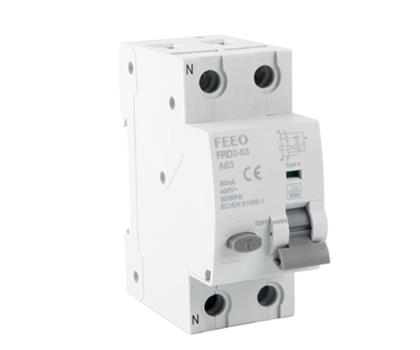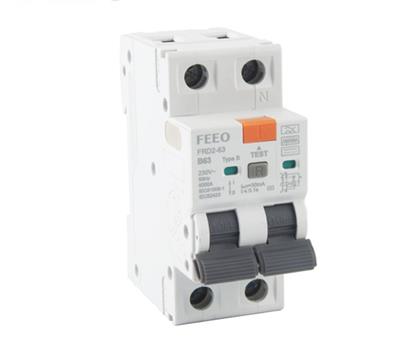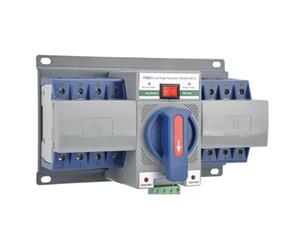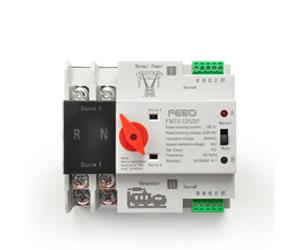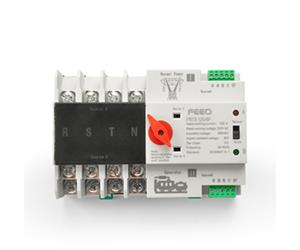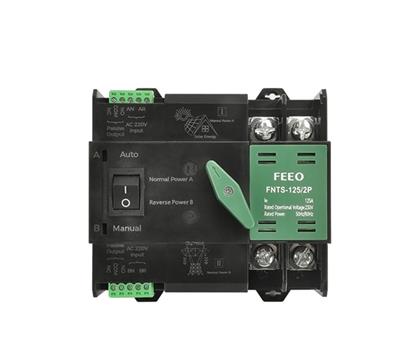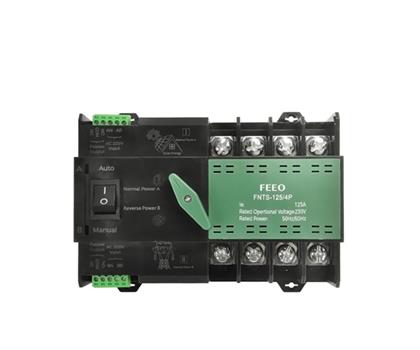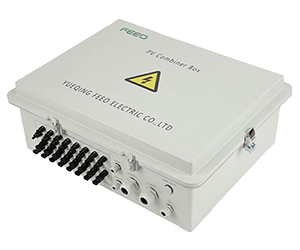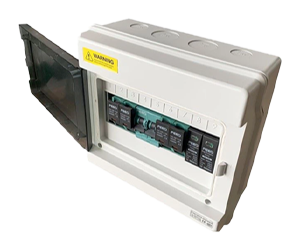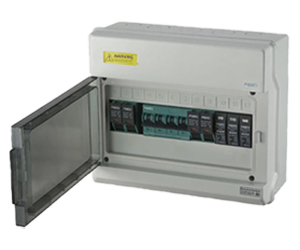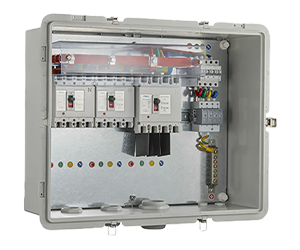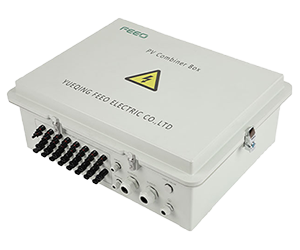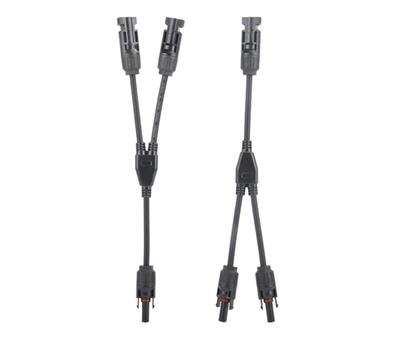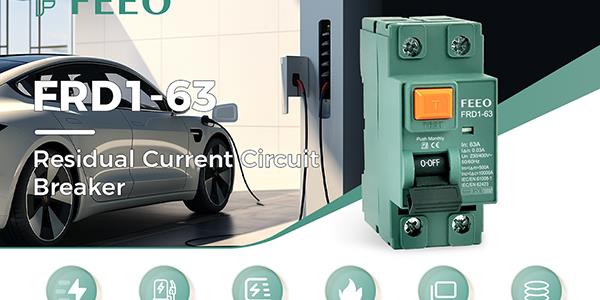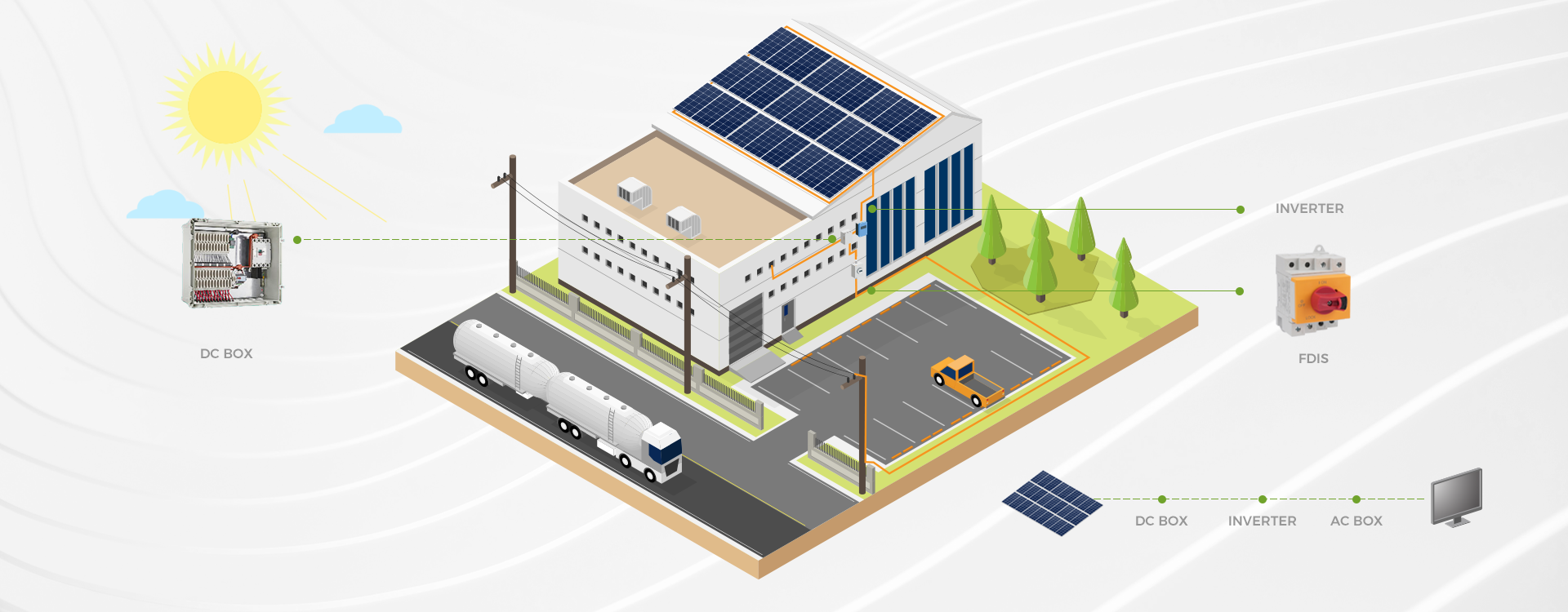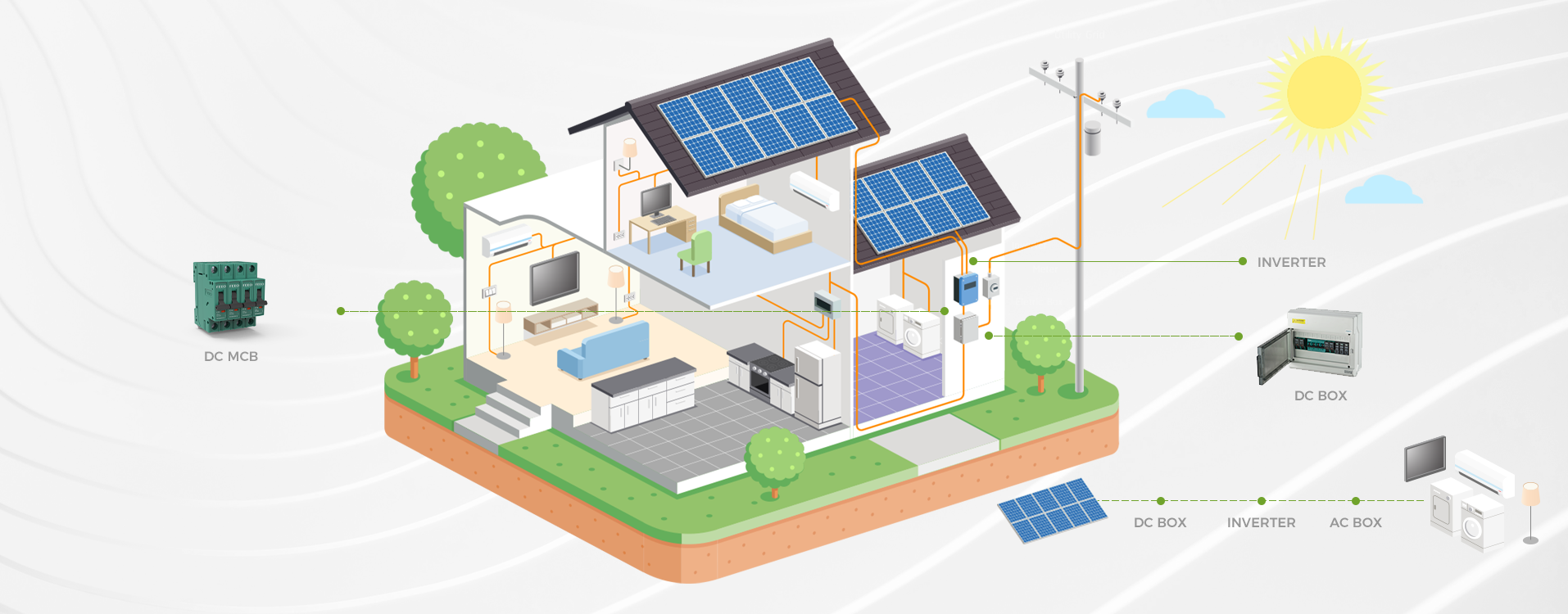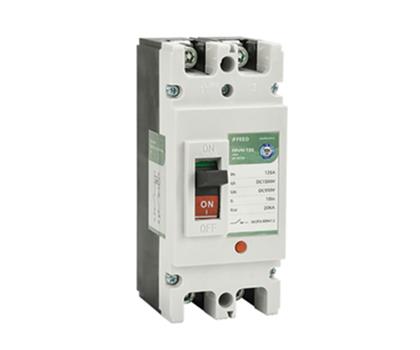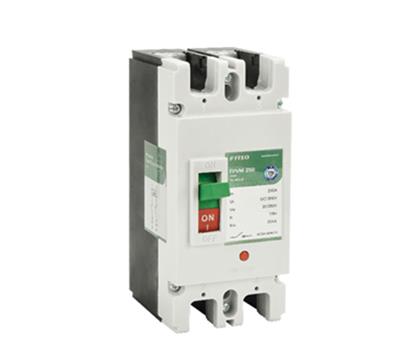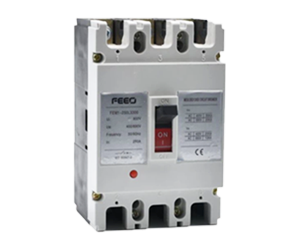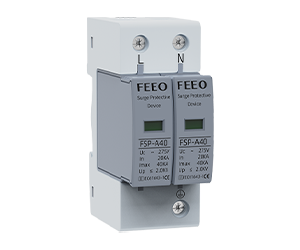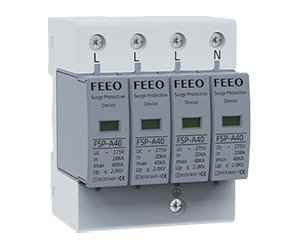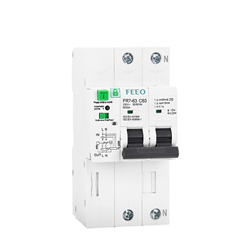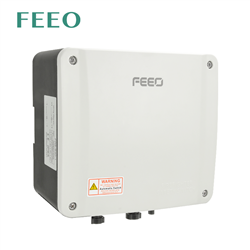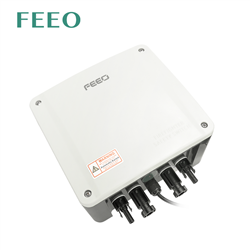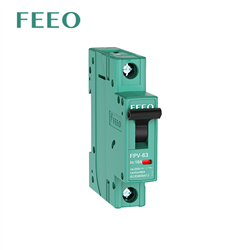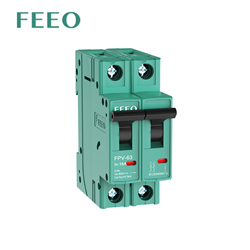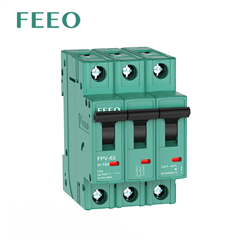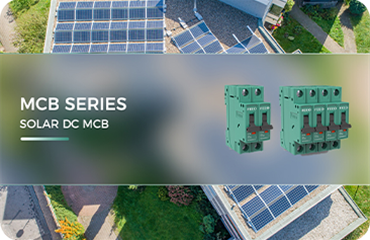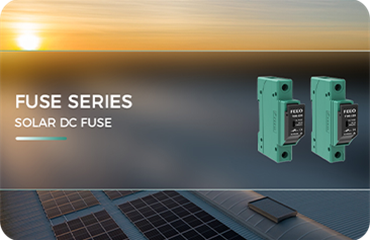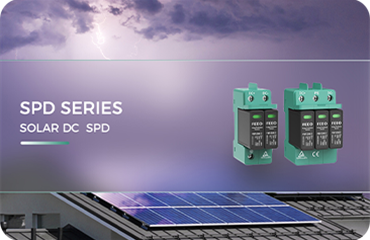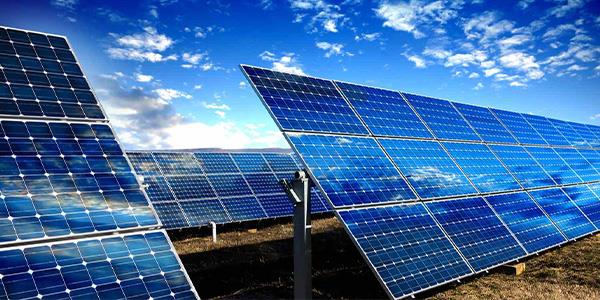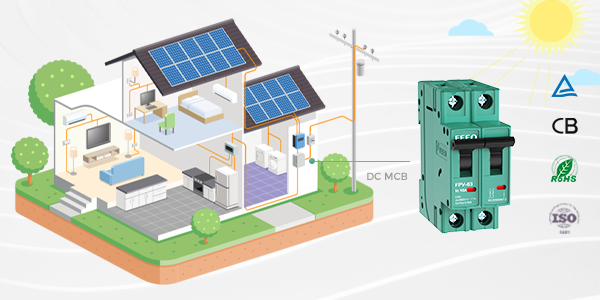As the world increasingly shifts towards sustainable energy sources, photovoltaic (PV) technology stands at the forefront of this revolution. Among its promising advancements are flexible solar panels and intelligent applications, which are transforming the way we harness solar energy. This article explores the future of photovoltaic technology, focusing on these two key areas.
Flexible Solar Components
Flexible solar panels represent a significant leap in solar technology. Unlike traditional rigid solar panels, these innovative components are lightweight and can be integrated into a variety of surfaces, including rooftops, vehicles, and even wearable devices. This flexibility allows for greater versatility in installation and application, making solar energy accessible in previously unfeasible locations.
Advantages of Flexibility
Adaptability: Flexible panels can conform to different shapes and surfaces, allowing for installation on curved structures or in confined spaces.
Weight Reduction: Their lightweight nature reduces the structural requirements for buildings and vehicles, making them easier to transport and install.
Aesthetic Integration: The ability to blend seamlessly into architectural designs can mitigate the visual impact of solar technology, making it more appealing to homeowners and urban planners.
Technological Innovations
Recent advancements in materials science, such as organic photovoltaics and perovskite solar cells, have enhanced the efficiency and durability of flexible components. These materials not only improve performance but also lower production costs, paving the way for broader adoption in the market.
Intelligent Applications
The integration of smart technology with photovoltaic systems is another exciting development. Intelligent applications enhance the efficiency and usability of solar energy, creating a more sustainable energy ecosystem.
Smart Energy Management
IoT Integration: Internet of Things (IoT) devices can monitor energy production and consumption in real-time, optimizing performance and reducing waste.
Predictive Analytics: By analyzing data patterns, predictive technologies can forecast energy needs and adjust system outputs accordingly, ensuring optimal usage.
Energy Storage Solutions
The rise of smart grids and advanced battery storage systems complements photovoltaic technology. Energy storage allows excess solar energy to be captured and used during peak demand times, enhancing reliability and reducing dependency on fossil fuels.
Electric Vehicle (EV) Integration
As electric vehicles become more prevalent, the synergy between PV technology and EVs is a game changer. Solar panels can power EV charging stations, creating a self-sustaining energy loop. Furthermore, smart charging systems can optimize when and how vehicles are charged based on energy availability and demand.
Conclusion
The future of photovoltaic technology is bright, driven by innovations in flexible components and intelligent applications. As these technologies continue to evolve, they will play a crucial role in global efforts to transition to renewable energy. By enhancing the adaptability and efficiency of solar energy systems, we move closer to a sustainable future where solar power is an integral part of our daily lives. Embracing these advancements will not only reduce our carbon footprint but also empower individuals and communities to take control of their energy needs.

